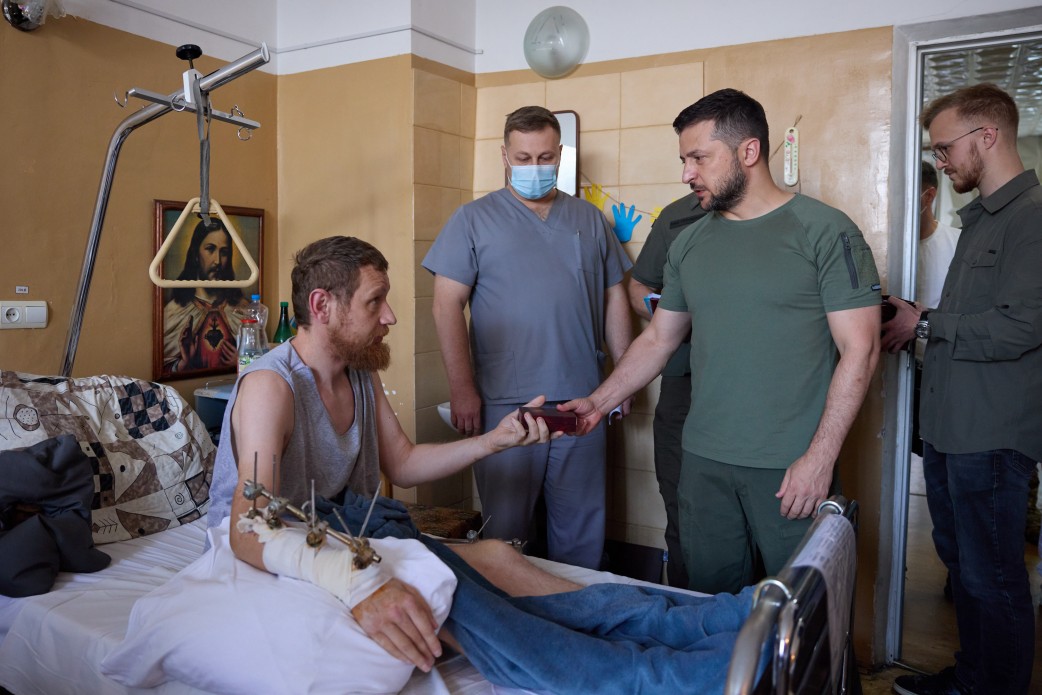After the Battle of Asculum in 279 BC, Plutarch wrote in his Lives of Noble Greeks and Romans: "If we are victorious in one more battle with the Romans, we shall be utterly ruined."
A Pyrrhic victory is defined as a victory that inflicts such a devastating toll on the victor that it is tantamount to defeat. The term comes from a quote from Pyrrhus of Epirus, a Greek king and statesman, whose triumph against the Romans in the Battle of Asculum in 279 BC destroyed much of his forces and forced an end to his military campaign. Epirus was an ancient Greek kingdom located in northwestern Greece and southern Albania. During what came to be known as the Pyrrhic War, Pyrrhus fought Rome at the behest of Tarentum — a Greek colony in southern Italy — scoring costly victories at Heraclea and Asculum. He was trying to take over Sicily from Carthage but was driven out and lost all his gains in Italy after the Battle of Beneventum in 275 BC. In both Epirote victories, the Romans suffered greater casualties but they had a much larger pool of replacements, so the casualties had less impact on the Roman war effort than the losses of King Pyrrhus.
Is Bakhmut a victory or a defeat for the Russian invaders? News reports tell us that the Russians are losing five times more men than the Ukrainians at Bakhmut and US government estimates that the number of Russian casualties is above 200,000 men in the war so far. That is a lot of casualties: killed and wounded. In every war, the wounded are far more numerous than those killed. Common injuries include second and third-degree burns, broken bones, shrapnel wounds, brain injuries, spinal cord injuries, nerve damage, paralysis, loss of sight and hearing, loss of limbs and post-traumatic stress disorder (PTSD). In the case of the Ukrainian War with its trench-style warfare, shrapnel wounds are very common. Typically, the ratio of wounded to killed in war has historically hovered around the 3:1 mark, but the Russian convicts fighting with the Wagner Group have reversed the ratio with some 80% killed and 20% wounded.
Let's say that the casualty rate for the Ukrainians across their front is 100 men each day, then the Russians would be losing over 500 men every day on average. This means that 75 Ukrainians would be wounded daily against 325 Russians. In a month, the Ukrainian wounded would number 2,250 while the Russian wounded would number 11,250. In a year, the numbers would climb to 27,000 Ukrainian wounded and 137,000 Russian wounded. That is a very big number of people to care for and the costs are high. A Canadian source estimates that it costs $20,000 to care for a wounded soldier at a field hospital who is subsequently returned to duty and some $42,000 for more serious wounds in an out-of-theatre regional hospital and subsequently returned to duty. The wounds in Ukraine are almost always serious, so the cost of treatment is going to be a very large expense and this amount obviously doesn't include the rehabilitation costs for soldiers learning to walk with a missing limb, etc. At the low end, the cost of treatment alone to the Ukrainian government might be around $11 million for the Ukrainians and $55 million for the Russians.
We know that the Ukrainian wounded are treated in 244 hospitals across the country while the Russians are shipped to hospitals in Belarus and back home. The Russians are trying to hide the cost of their limited military operation in Ukraine both in terms of material and casualties, but how can you hide 137,000 war wounded? The wounded will be everywhere. Every hospital in Russia will have hundreds of war-wounded.
Now with the Ukrainian offensive coming in the next few weeks, how can Russia continue its war effort with such a high toll on its soldiers? If the Ukrainian forces are able to crash through the Russian lines and attack from behind, it is highly likely that the ordinary Russian recruit will give up and abandon his weapon and the cause. There is no way that the Kremlin can force men to fight with this level of attrition. A major defeat of Russian forces is coming over the next few weeks and months.
*Originally posted in May 2023


Comments ()